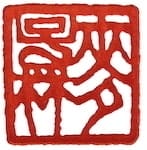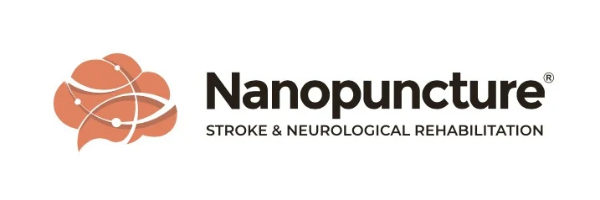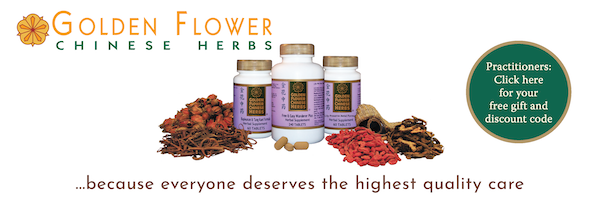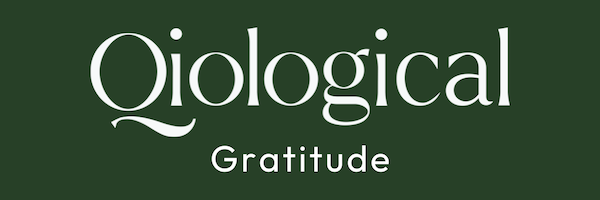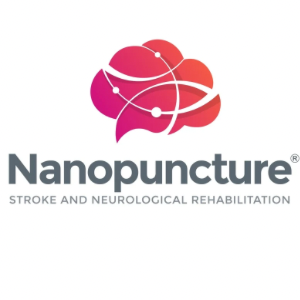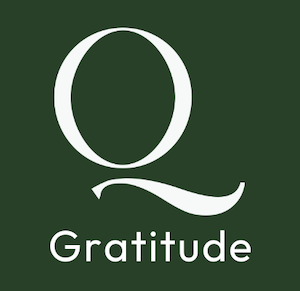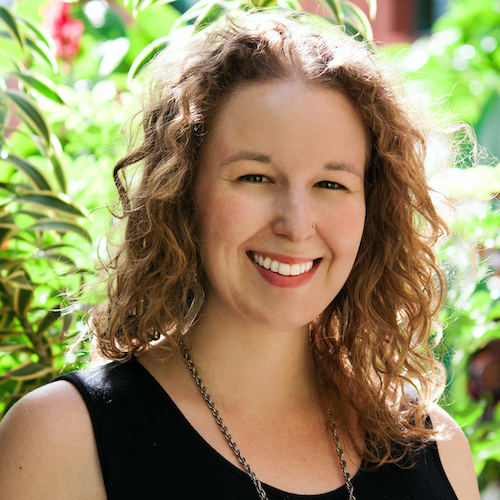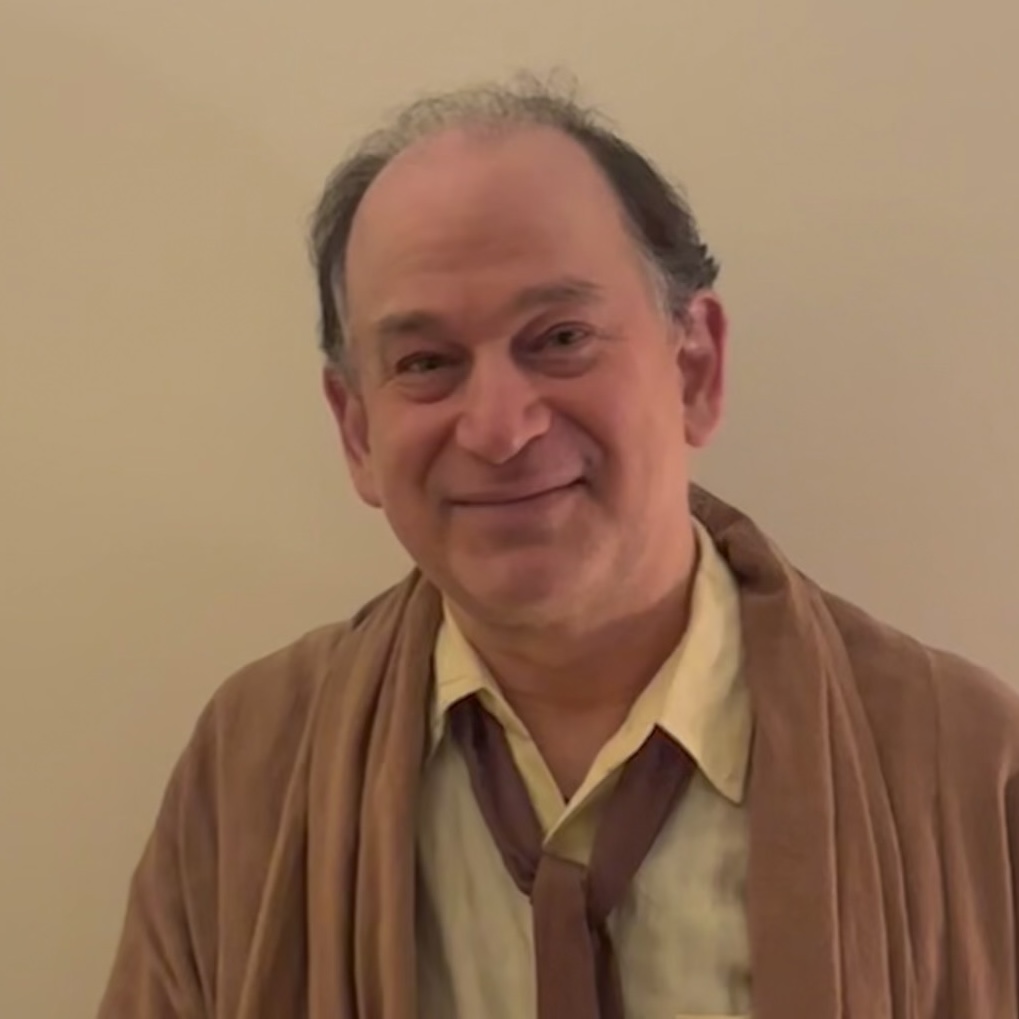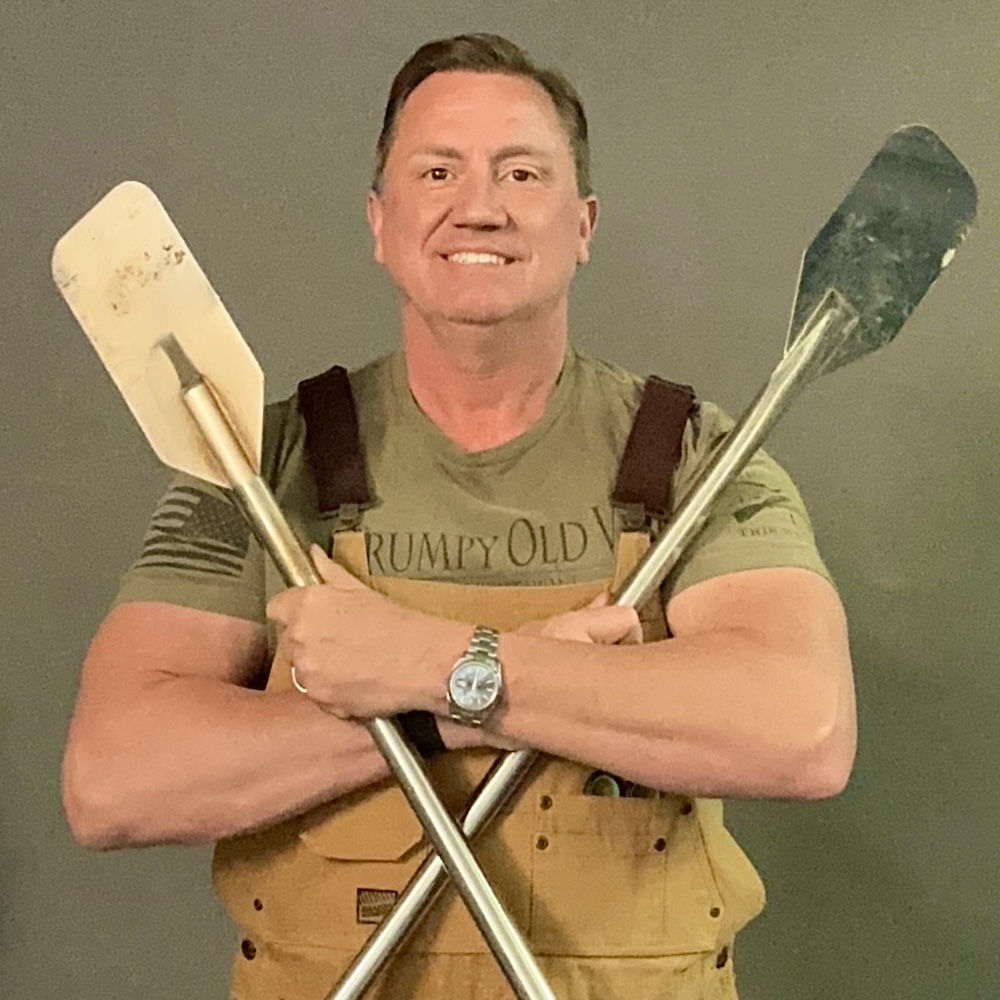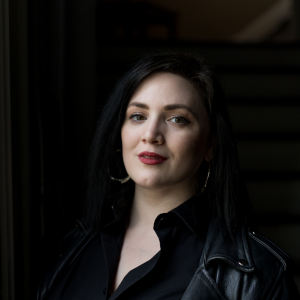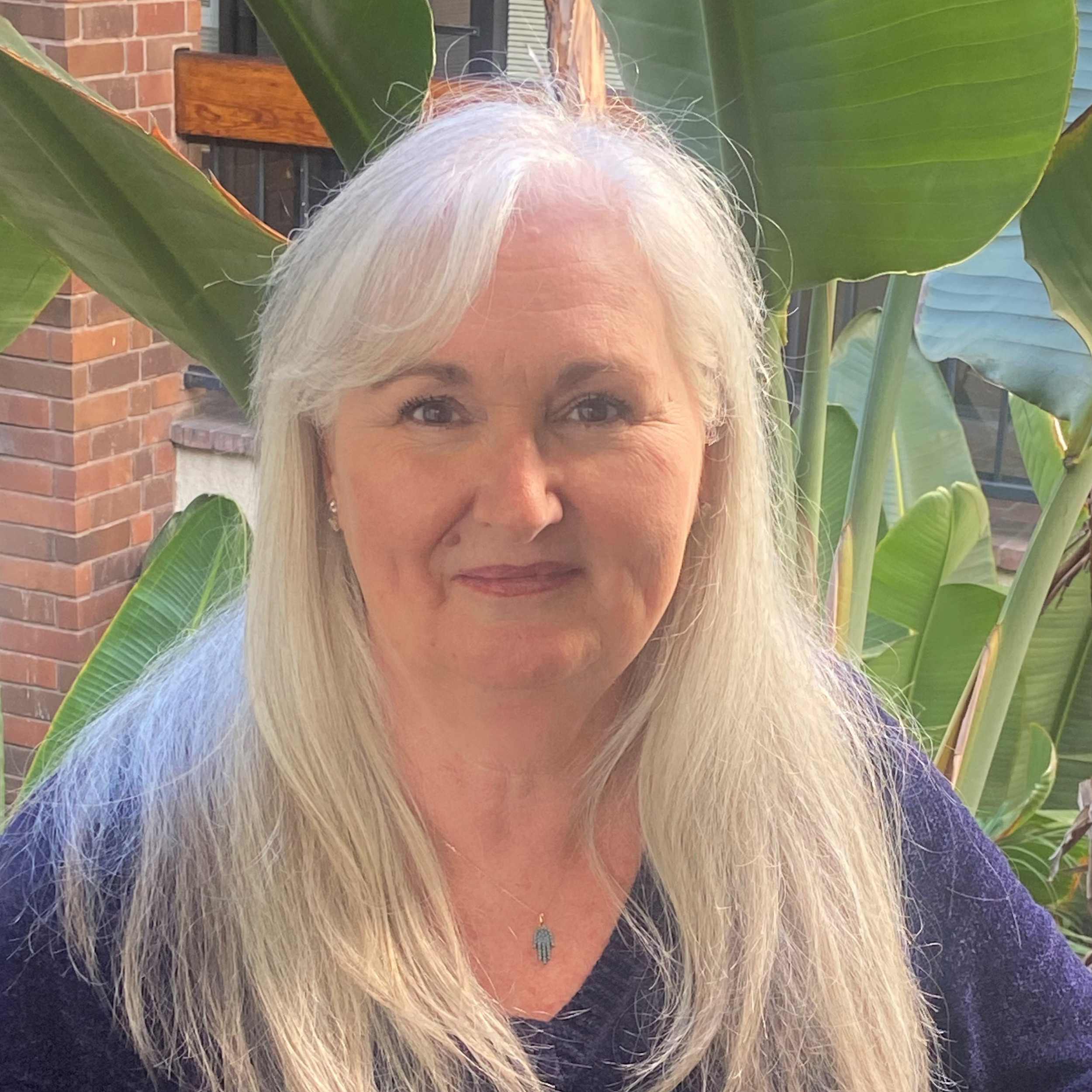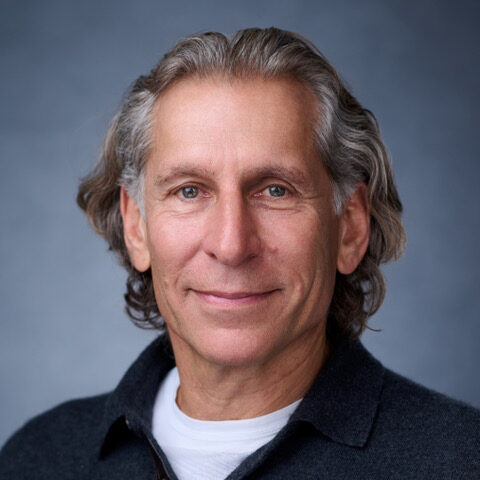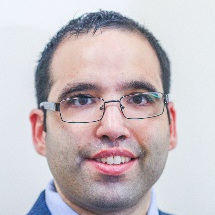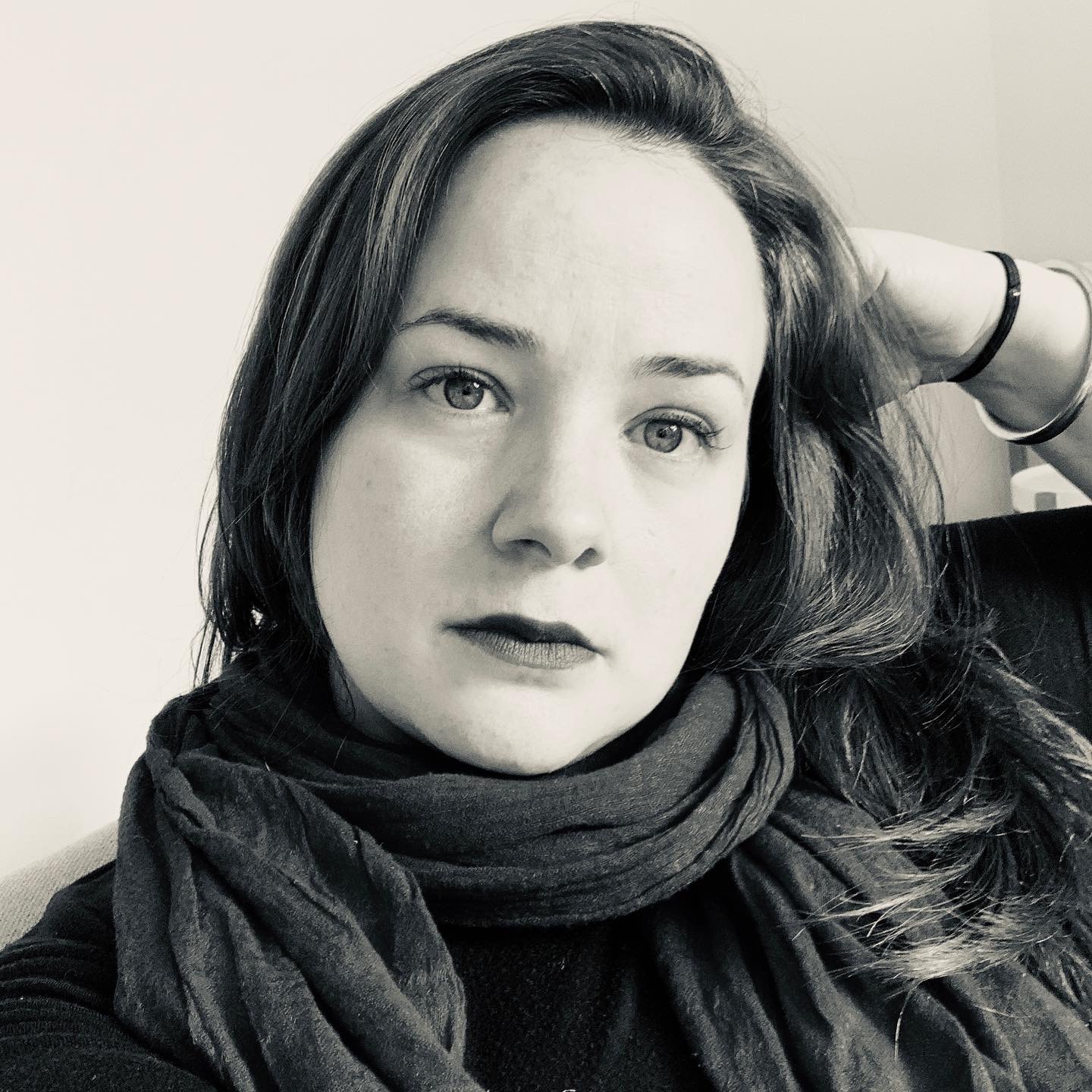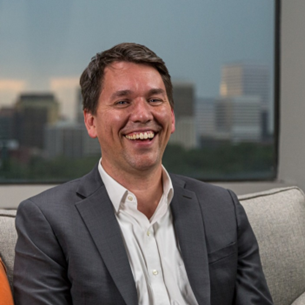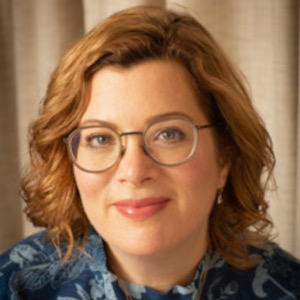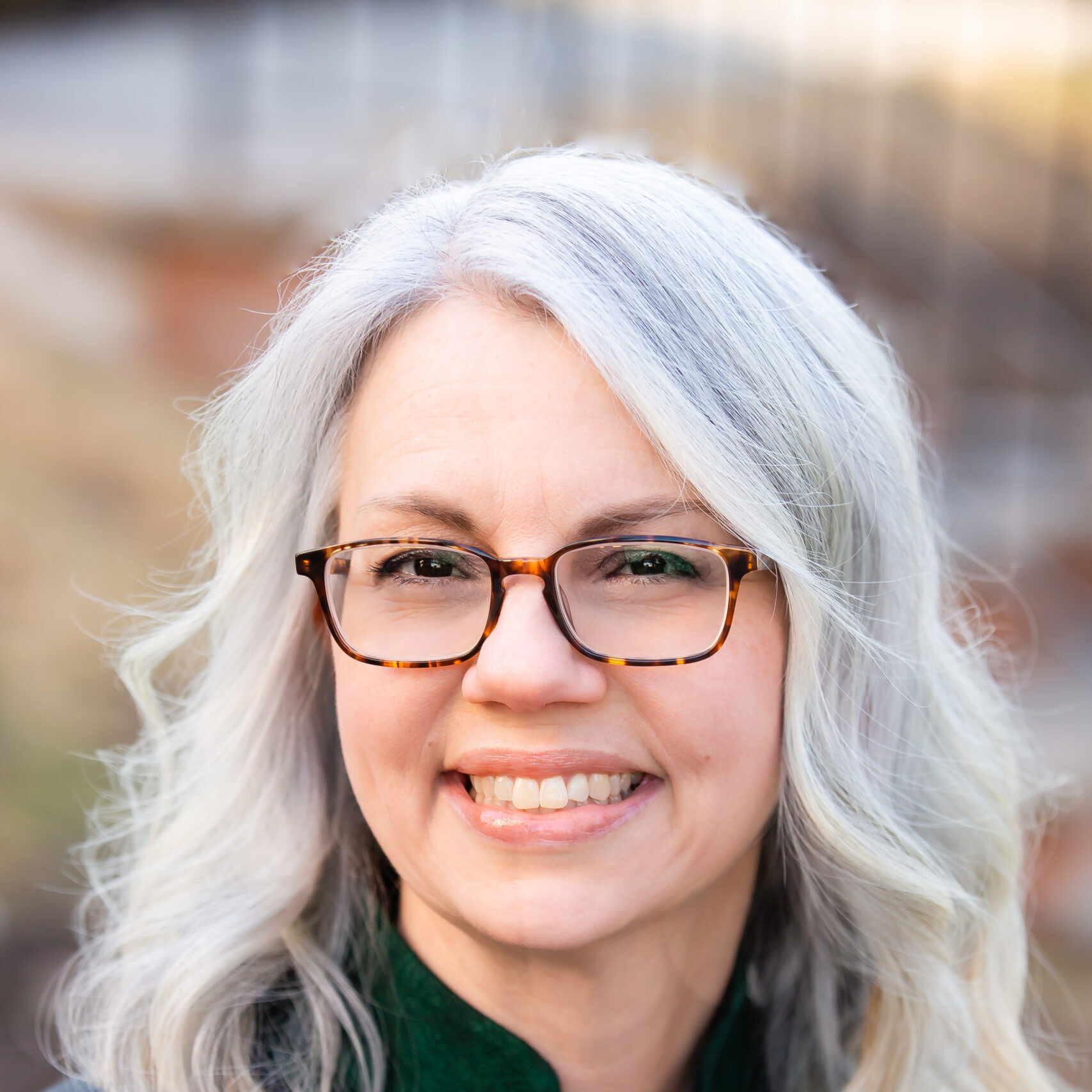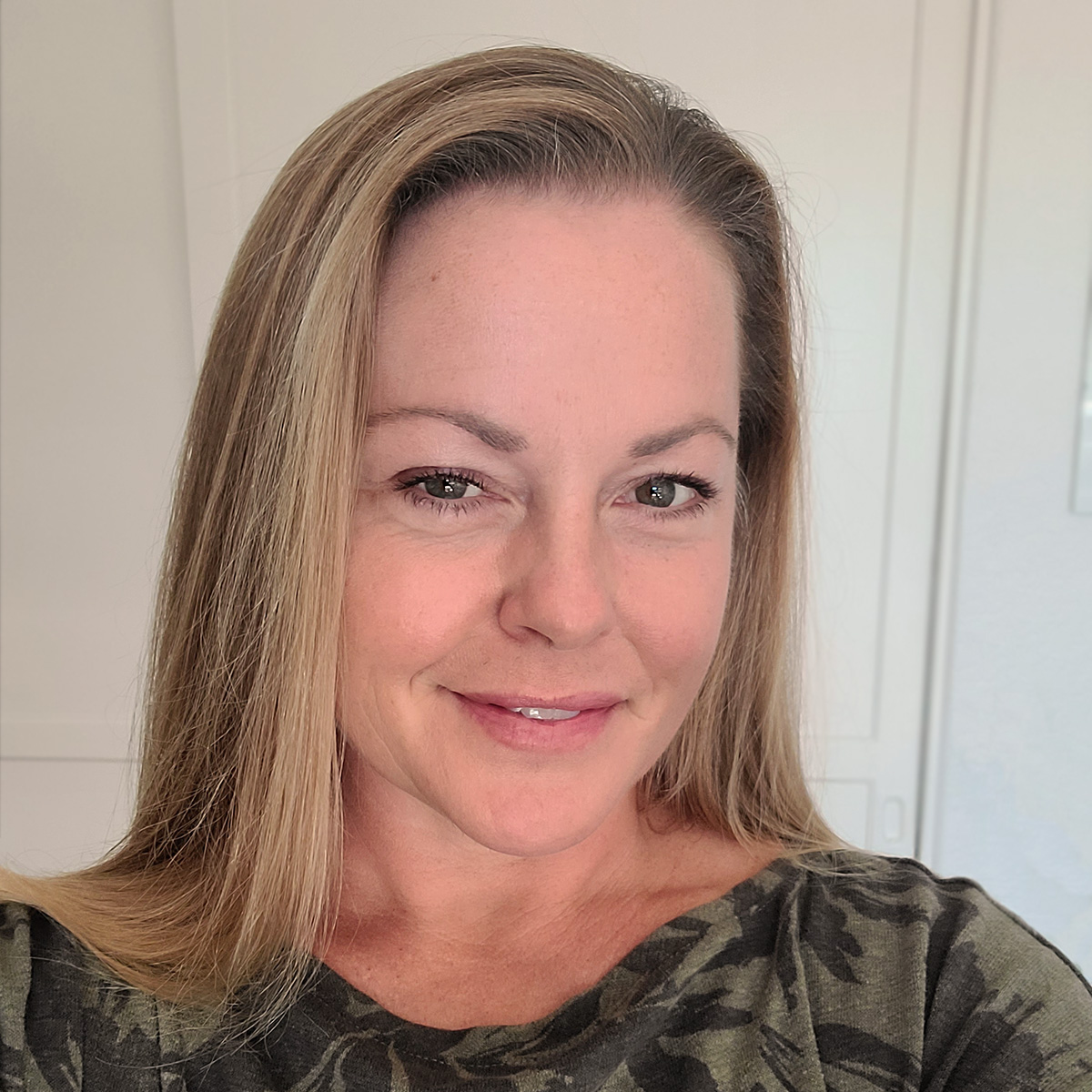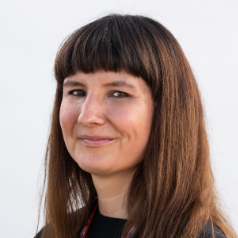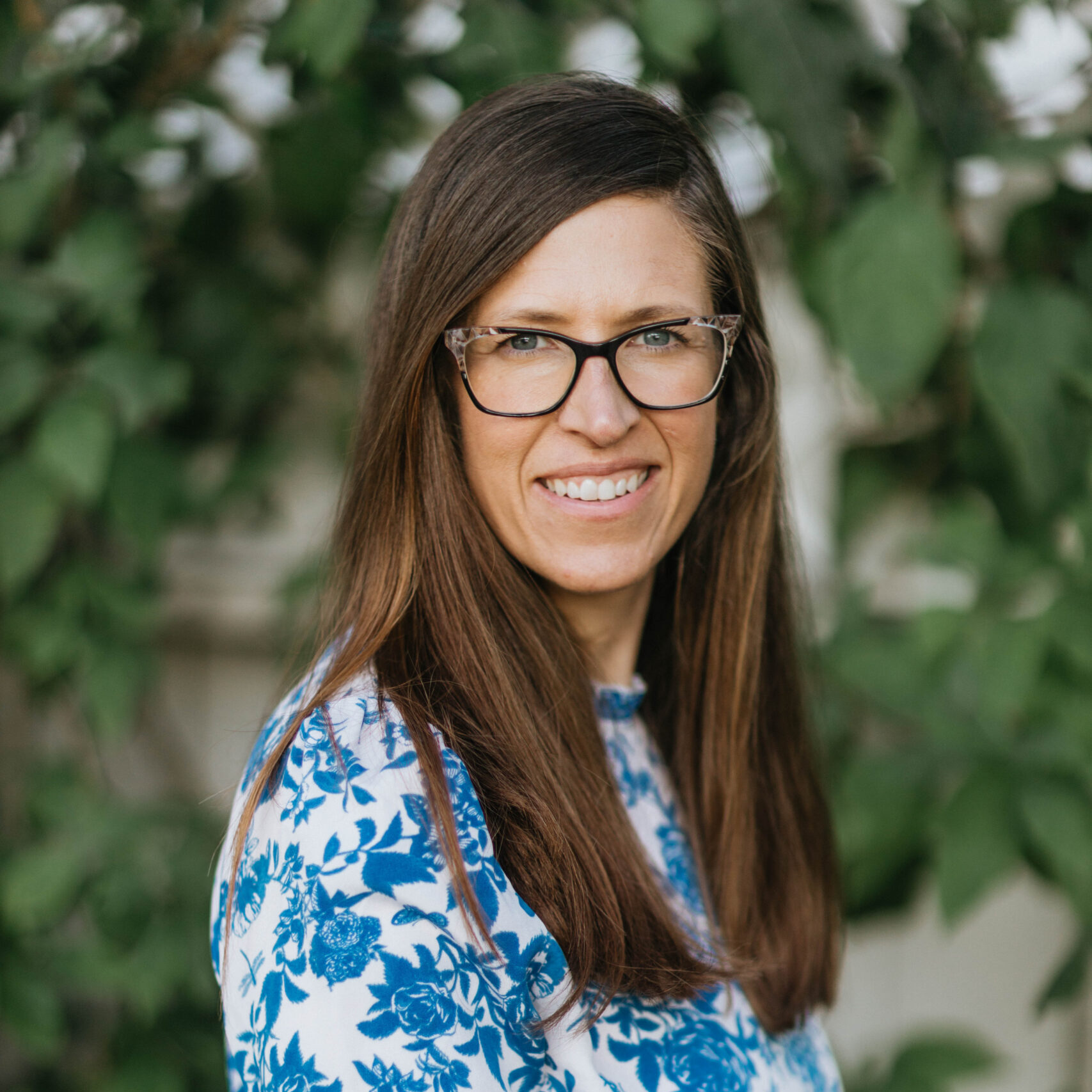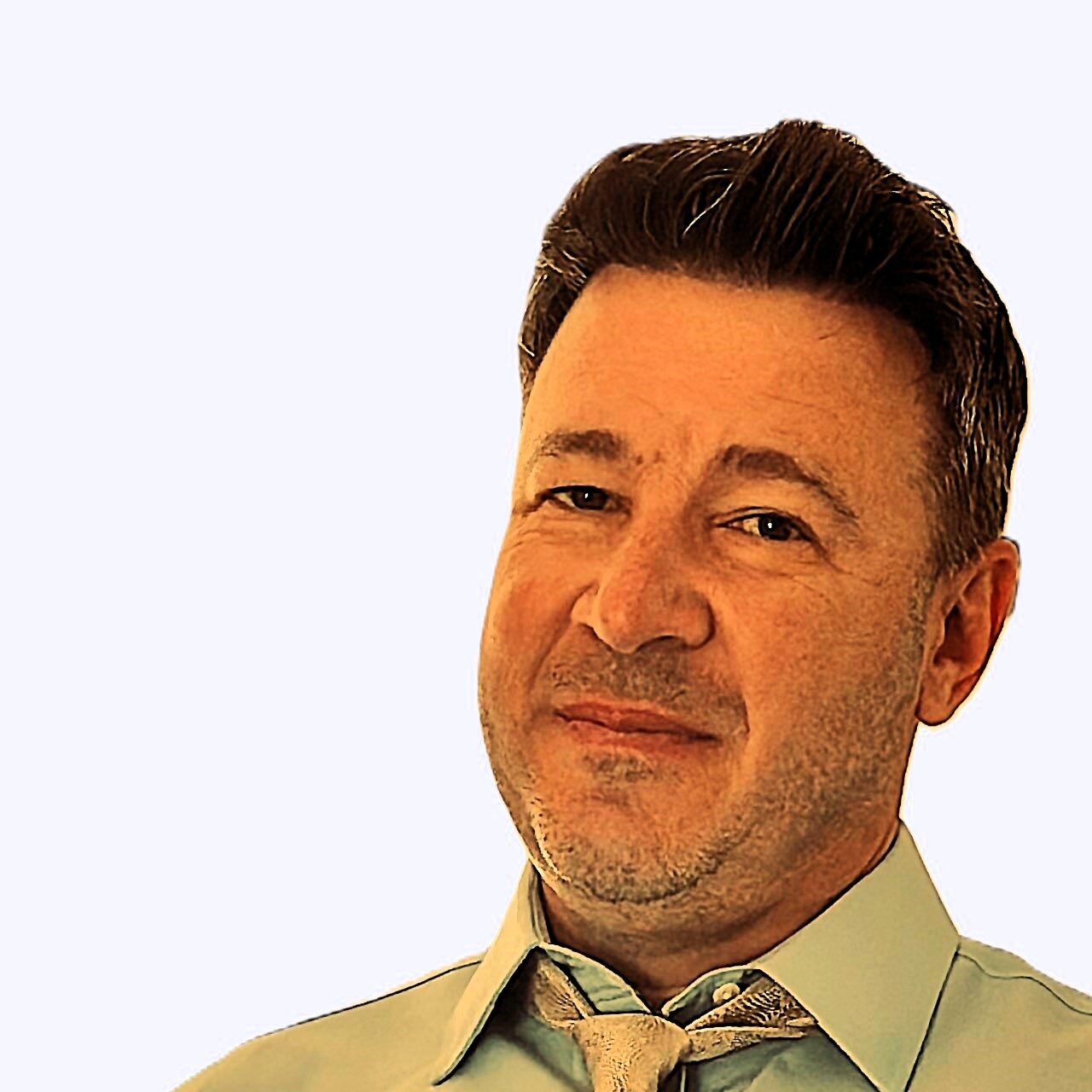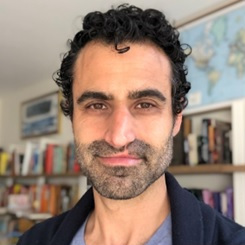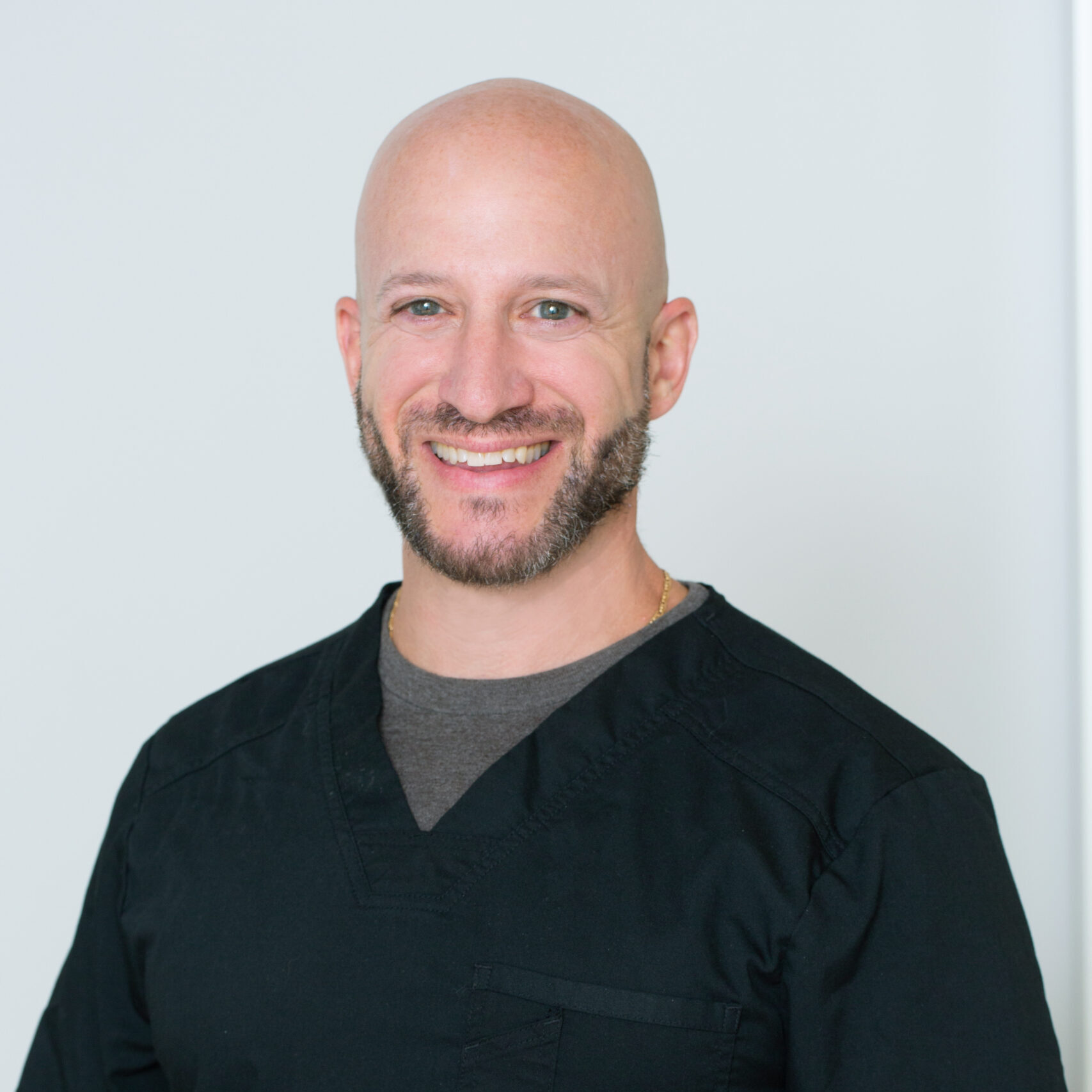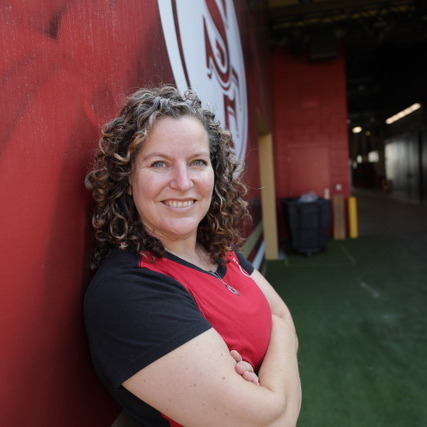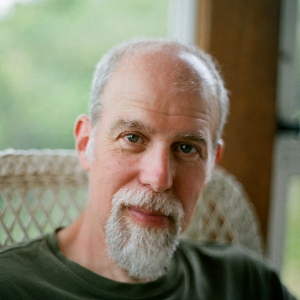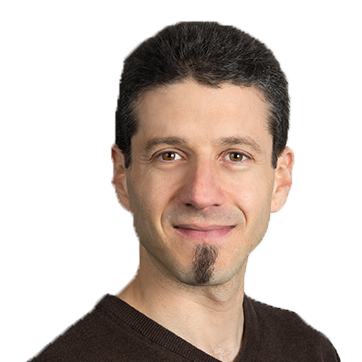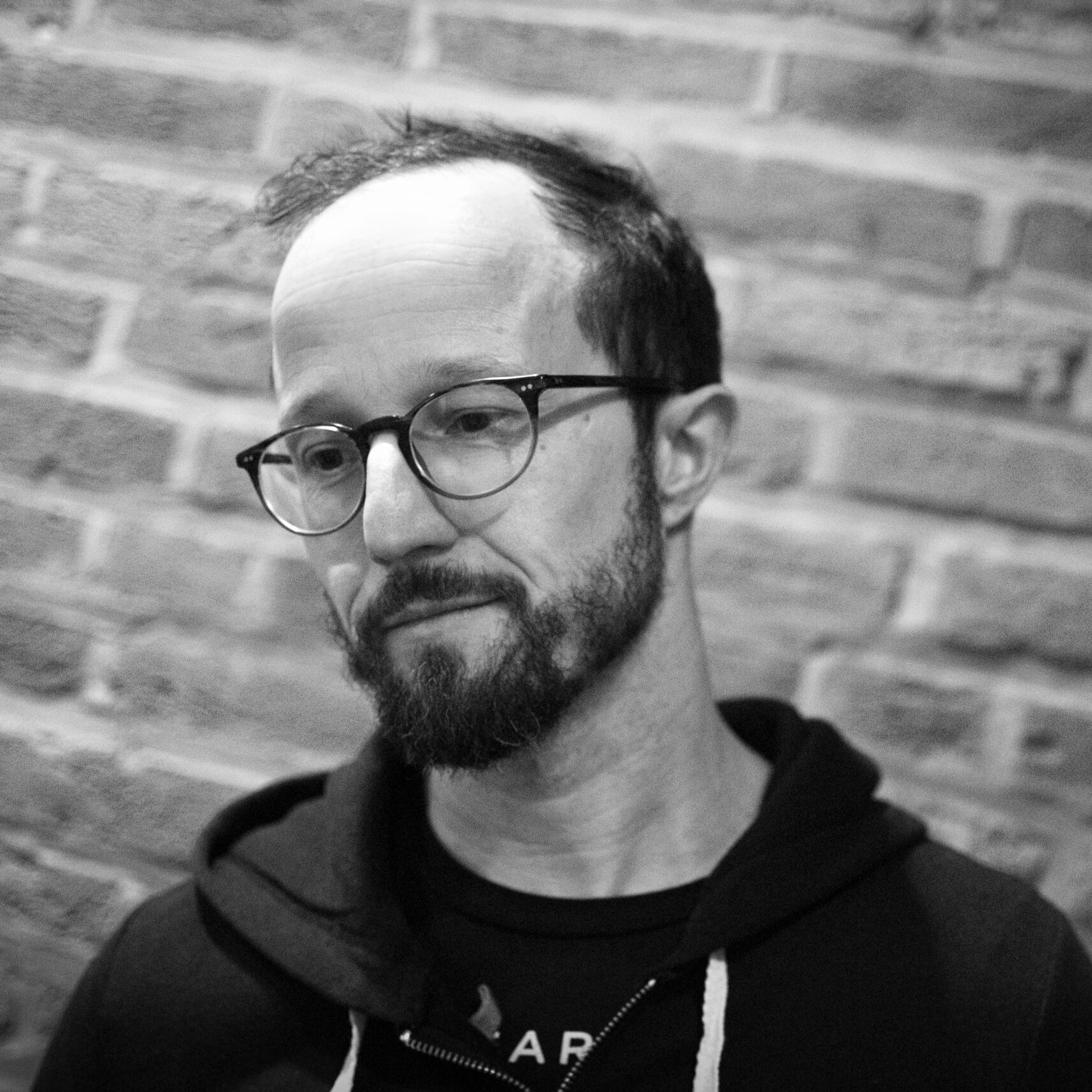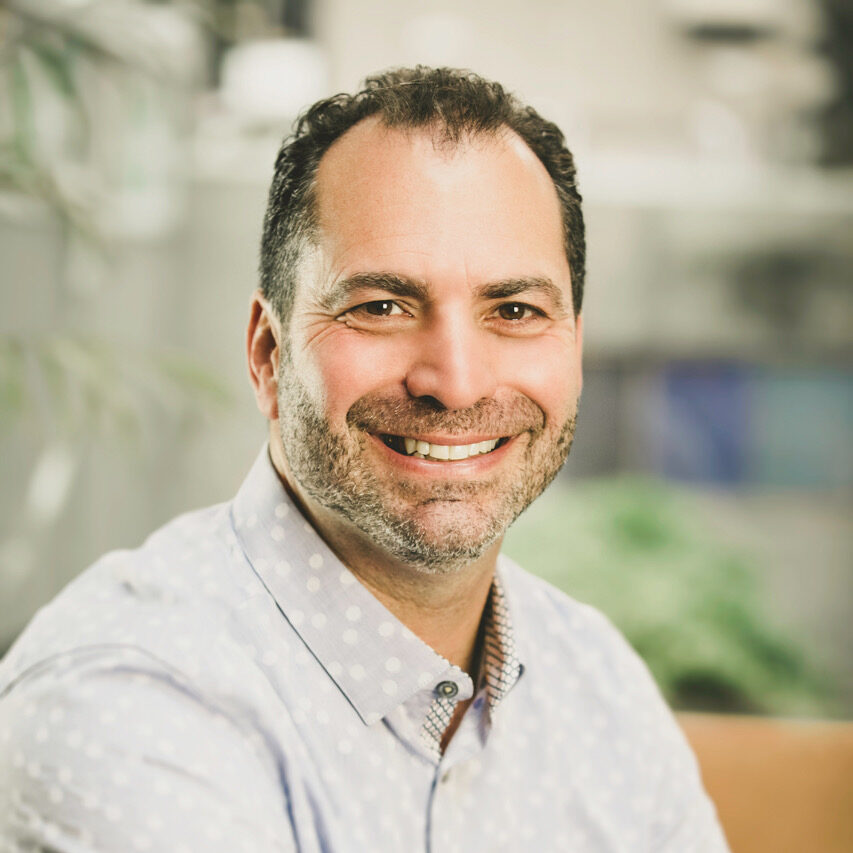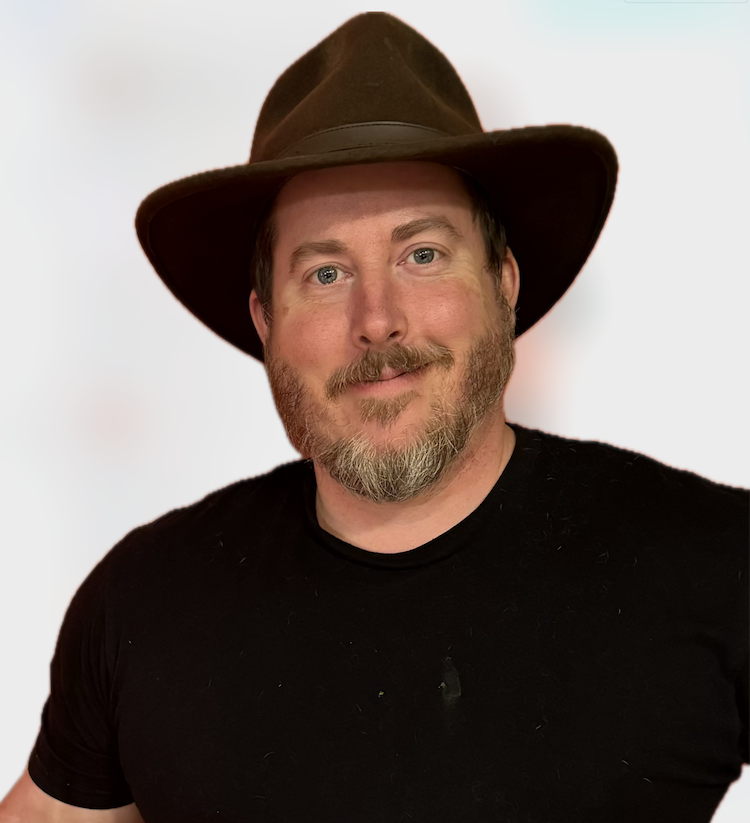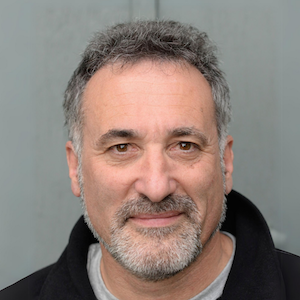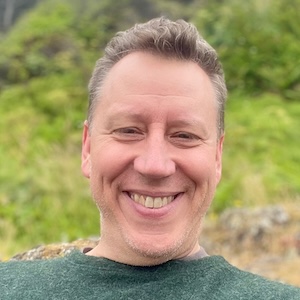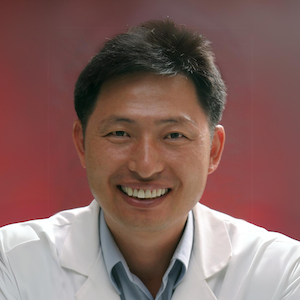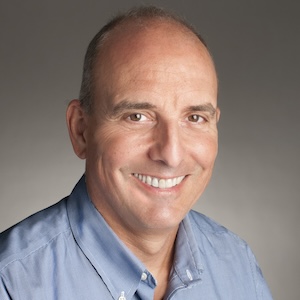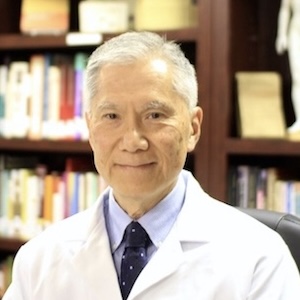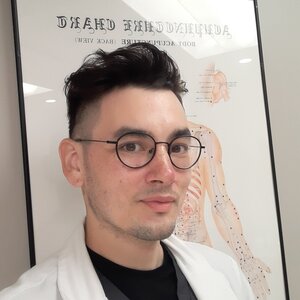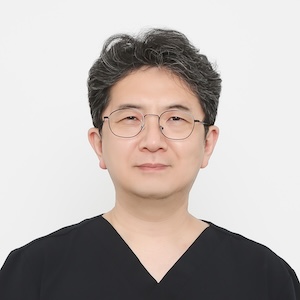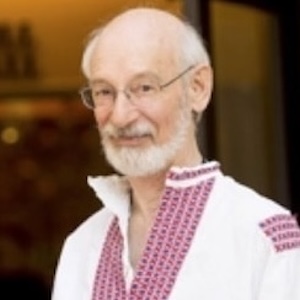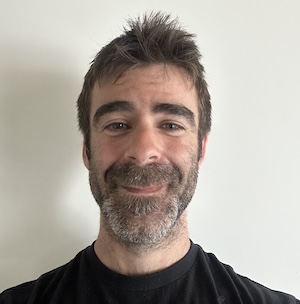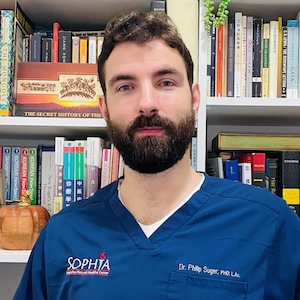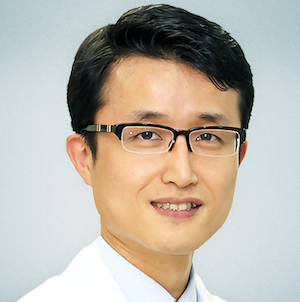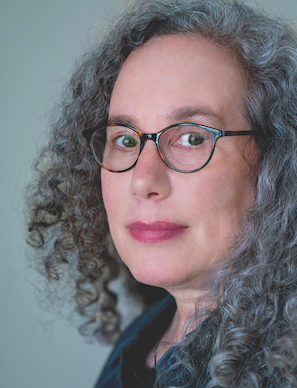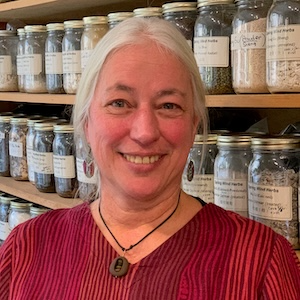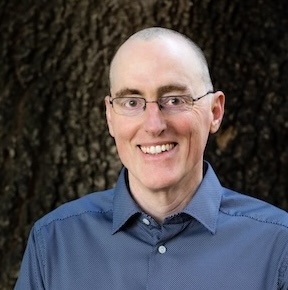There’s a moment in every practitioner’s life when they start thinking less about where they’re going and more about what they’re leaving behind. What does it mean to practice for decades, to see students turn into colleagues, and to watch the medicine evolve through your hands? The arc of a career in acupuncture isn’t just about technique—it’s connection and contribution as well.
In this conversation with Whitfield Reeves, we explore his 40+ years in practice, from his early days training in California to his work in orthopedic and sports acupuncture. He shares his reflections on what it means to transition from practitioner to mentor, the conundrum of monetizing wisdom, and how in the end— the best work finds you.
Listen into this discussion as we talk about the weight of responsibility in clinical work, the role of legacy in acupuncture, how the empirical method shapes our medicine, and the evolving landscape of mentorship in Chinese medicine.
In This Conversation We Discuss:
- The evolution of an acupuncture practice over 40+ years
- Training under Grace Liu and the influence of early teachers
- The shift from student to mentor and how relationships evolve
- Wrestling with the idea of legacy—what it is and what it isn’t
- Why not everything needs to be monetized, and when to let go
- The weight of responsibility practitioners carry, and how to release it
- The role of discipline in becoming a skilled acupuncturist
- The power of empirical learning and hands-on experience
- How to choose patients wisely and when to say no
- The importance of specialization in later stages of practice
- Seeing acupuncture as an evolving tradition rather than a fixed system
- How personal health challenges shift a practitioner’s perspective
- The balance between teaching, practice, and personal life
- Bringing acupuncture sensibilities into other areas of life
- The freedom that comes with releasing attachment to outcomes
Sometimes I am unsure how to proceed with treatment with some injury and pain patients – it is unclear which of anatomical tissues are involved and what should be considered first. My solution: I ask myself what is statistically most likely to be the dysfunction, regardless of how it may present with the patient. And I use that treatment, which oftentimes results in improvement, and clarifies what the primary condition may be.
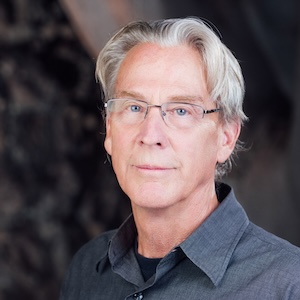 Whitfield Reeves, L.Ac
Whitfield Reeves, L.Ac
I have been working in the field of sports medicine since I first began practice in 1981. I am fortunate to have been able to experience the 1984 Los Angeles Olympic Games, as well as track and field, cycling and skiing events nationally over the last four decades. It has been an honor to be among these early practitioners integrating acupuncture and traditional Chinese principles with orthopedics. It has helped to forge a specialty community within the acupuncture profession for learning how to treat injury and pain.
My first publication, The Acupuncture Handbook of Sports Injuries and Pain, attempted to define some of these concepts for both diagnosis and treatment of common complaints experienced by athletes and active individuals. Since then, this material became available in The Acupuncture Sports Medicine Apprenticeship Program, what I consider my “flagship” teaching series. And interested practitioners can get online instruction, which includes the most current video Mastering the Treatment of Injury and Pain.
I have full confidence that dedicated clinicians in the years to come will continue to add their insights and empirical experiences to this growing field of sports acupuncture.
Links and Resources
Visit Whitfield on his Website. You can also take his classes on the Net of Knowledge.
A couple of simple benefits that Whitfield recommends:
The Importance of Walking
The Problem with Sitting
